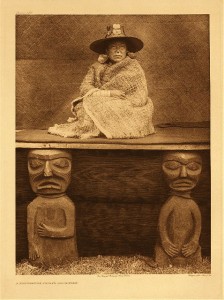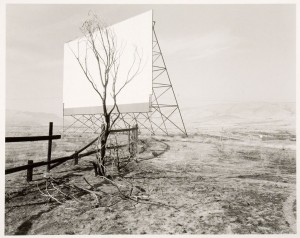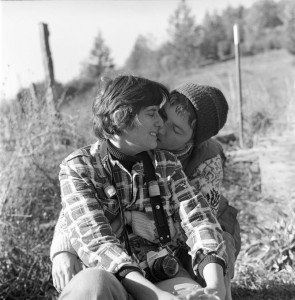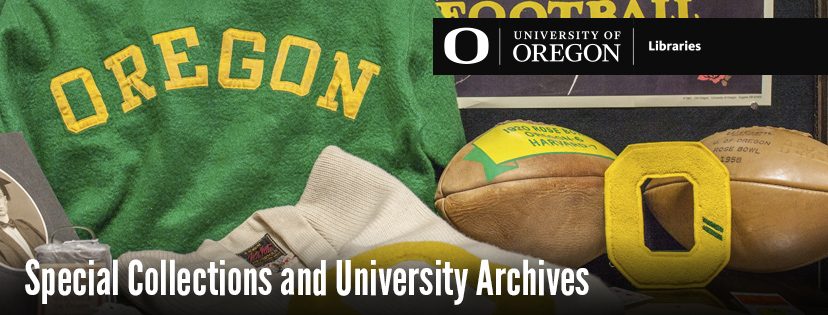From Curtis to Corinne: Selections from the University of Oregon Photography Collection
Special Collections and University Archives is pleased to announce the opening of its summer exhibition, From Curtis to Corinne: Selections from the University of Oregon Photography Collection. The exhibition features photographs from seven discrete collections, with work spanning over a century and addressing some of the most pressing issues of our time.

Chronologically the exhibition begins with photographs by Edward S. Curtis, who documented tribal life during the first half of the 20th century in his seminal project, The North American Indian. This was a volatile period due to the effects of U.S. colonization of indigenous lands, which was radically altering and reshaping life for Native Americans in the area. He wrote: “The information that is to be gathered . . . respecting the mode of life of one of the great races of mankind, must be collected at once or the opportunity will be lost.” As a counterpoint to Curtis’s work, we present images from the Angelus Company, a photography studio based in Portland in the early part of the 20th century. These photographs document the impact of westward expansion on the environment and local terrain, and the growth of cities in the area. Detached from their broader context, the Angelus images can be viewed as celebrations of modernity and the taming of the “Wild West.” When viewed alongside the Curtis images, they suggest a more sinister side to the assumptions of “manifest destiny,” forcing us to question what was being displaced as part of this process.

In the contemporary work exhibited, we continue to see the impact of early 20th century expansion policies. Jacqueline Moreau, a photographer and social activist from Washington State, documents the lives of Native American peoples along the Columbia River and their fight to secure the fishing and water rights afforded them by a provision in an 1855 treaty. We witness the eviction of families from their homes and their ongoing legal struggles to retain control of their ancestral lands. Dan Powell’s landscape work shows ghostly traces of abandoned buildings and towns in the American West, exploring the complex and often fraught intersections between humans, culture, and the natural environment. John Bauguess’s work documents urban renewal in downtown Eugene during the 1970’s, and gives insight into the subsequent loss of local culture and city character.

Finally, the works of Grayson Mathews and Tee Corinne (and her associated publication, The Blatant Image) upend our stereotypical assumptions about masculinity and female sexuality, respectively. Mathews’ images give us an insider’s view into rodeo subculture, revealing surprising moments of vulnerability, intimacy, and introspection. Corinne’s work challenges art historical conventions regarding the female form and sexuality, with her explicit images of women’s bodies and lesbian sexuality. Rather than conform to stereotypical ideals of women’s bodies as young, white, and slim, Corinne photographed fat women, older women, and women with disabilities. When Tee Corinne, Ruth Mountaingrove, and Carol Newhouse founded the publication, The Blatant Image, they wrote: “Our hope is to change the way women see the world, and, secondarily, the way the world sees women.” Although they published only three issues of the magazine, it was a forum for women photographers to present issues that were largely ignored in mainstream photography exhibits and publications: women’s bodies, lesbian lives, aging, disability, and creative struggle.
The exhibition will be on view through August 2016, in the Paulson Reading Room on the second floor north of the Knight Library, Wednesday-Friday.

